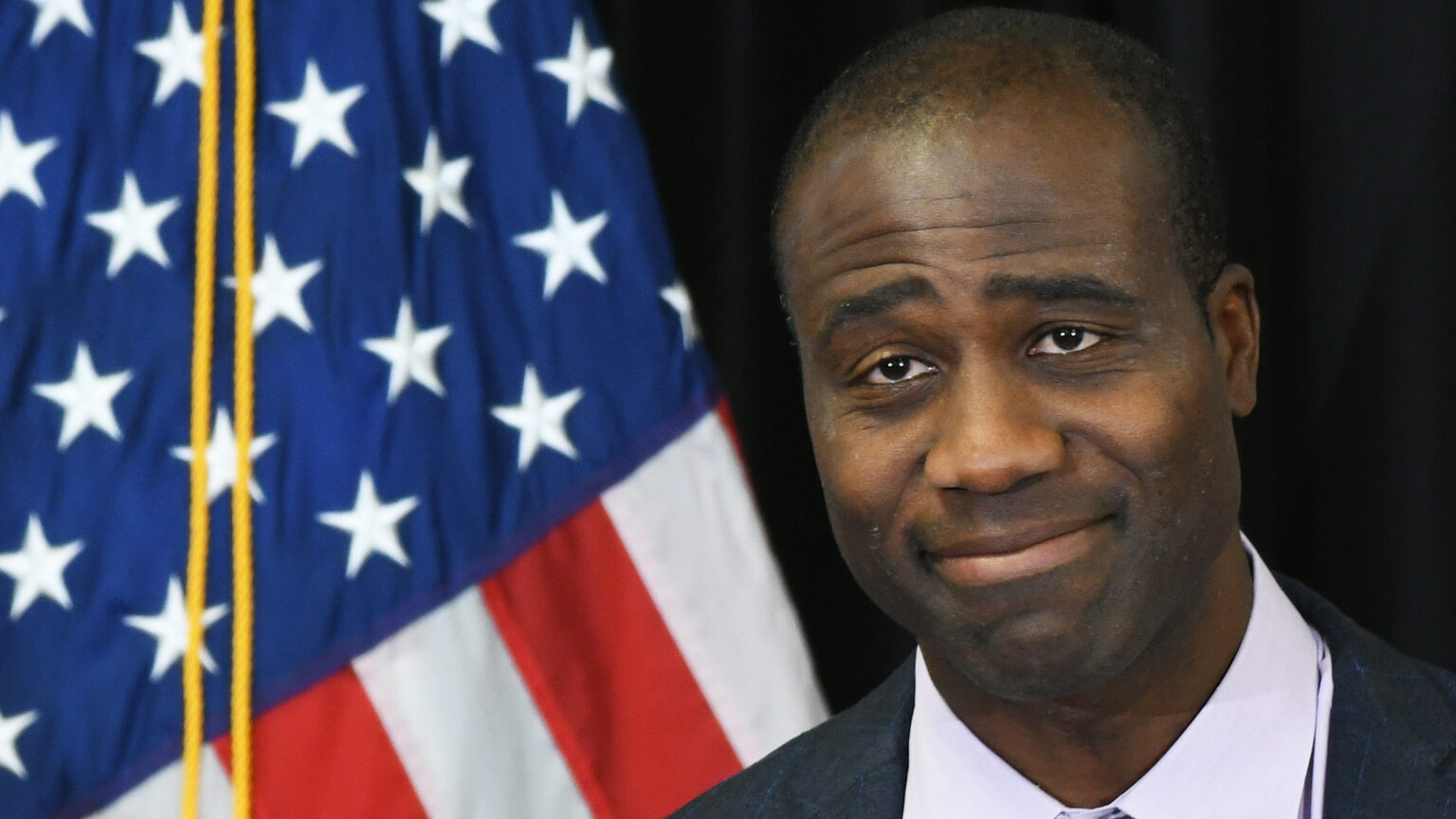In a move to fulfill a long-standing promise, President Donald Trump is directing a new crackdown on pharmaceutical advertising, specifically targeting misleading claims on television and social media. His administration, accusing drug companies of flouting existing rules, aims to increase enforcement and close long-held loopholes that officials say have contributed to a flood of drug promotions.
The initiative, outlined in a directive signed by the president on September 9, 2025, tasks the U.S. Department of Health and Human Services and other agencies with enforcing regulations that require a “fair balance” of information in drug ads. A senior administration official, speaking to reporters before the announcement, noted that FDA enforcement had been lax in recent years, with only one enforcement letter sent in 2023 and none issued last year.
In response, the FDA is taking a dramatic step, issuing hundreds of cease-and-desist letters and thousands of warning letters to companies, putting them on notice that the agency intends to enforce existing rules. While officials declined to name specific companies, they pointed to a high-profile Super Bowl ad for weight-loss drugs—which faced heavy criticism for failing to include safety and side-effect information—as a key example of the problem.
Health and Human Services Secretary Robert F. Kennedy Jr., a vocal critic of direct-to-consumer advertising, has made his stance clear, having posted on X last year that he would seek to ban pharmaceutical advertising if President Trump won the election. The new memorandum stops short of a full ban but is described by officials as “the strongest, boldest action that we can take” to ensure patients get adequate safety information.
For more insights on how government policies affect the business world, be sure to check out other articles on usabizhub.tech.
A significant part of the new effort involves targeting social media. The agency plans to expand its oversight to include social media influencers who may be paid to promote drug products without providing proper disclosures or adhering to the same rules as drug manufacturers. A senior official noted, “People are seeing ads sometimes not even realizing that they’re pharmaceutical ads when a paid social media influencer is touting a product.”
Furthermore, the administration is preparing to issue new regulations to close a provision created in 1997 that allowed drug companies to include only a brief overview of side effects in their ads as long as consumers were directed to a fuller rundown elsewhere. Officials said this change led to a sharp increase in short, television-friendly ads. A second senior official confirmed that the new regulations would require “far more extensive disclosures,” adding, “Absolutely the ads will need to be longer.”
The Pharmaceutical Research and Manufacturers of America (PhRMA), a leading trade group, quickly pushed back, stating that direct-to-consumer advertising is a form of free speech and provides patients with crucial information. Alex Schriver, senior vice president at PhRMA, said in a statement that “Truthful and non-misleading DTC advertising is protected under the First Amendment and has documented evidence of advancing patient awareness and engagement.”
This is not the first time President Trump has taken on the pharmaceutical industry. During his first term, he attempted to require drug makers to include their list prices in TV ads, though the effort was struck down by a federal judge. He also recently wrote a letter to 17 drug company CEOs directing them to sell certain drugs at “Most Favored Nation” prices, a move aimed at lowering costs by tying them to the lowest price paid in a peer country. You can find more details on this effort in this report on the Trump administration’s Most-Favored-Nation drug pricing initiative.
The financial stakes of this crackdown are enormous. Drug makers spent a whopping $5.15 billion on national TV ads in 2024, according to research firm eMarketer. They continued to spend heavily in 2025, shelling out just under $3 billion on national TV ads during the first half of the year, a 12.2% increase year-on-year. The health care and drug industry currently ranks as the fourth largest in terms of TV ad spending, accounting for 11.1% of the total market, a figure which is now under threat. For a deeper look at the rising costs of this type of marketing, check out this article on pharmaceutical ad spending trends.


